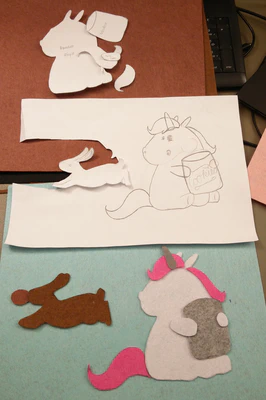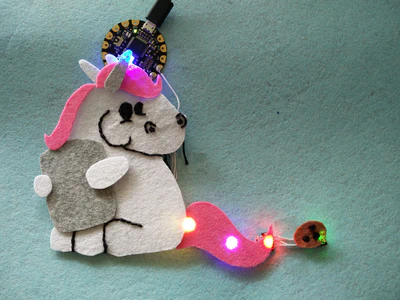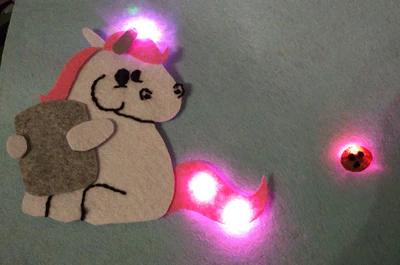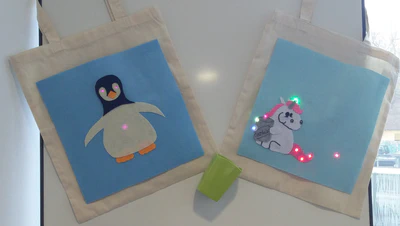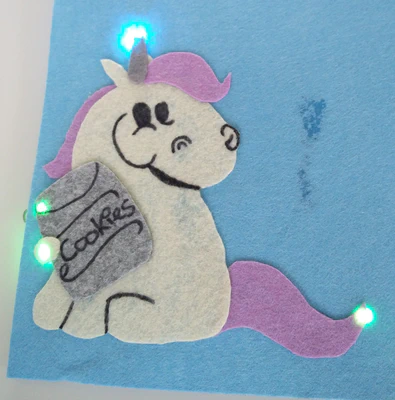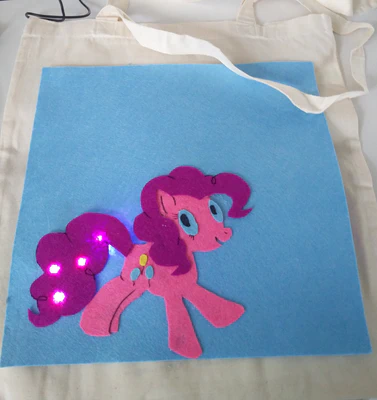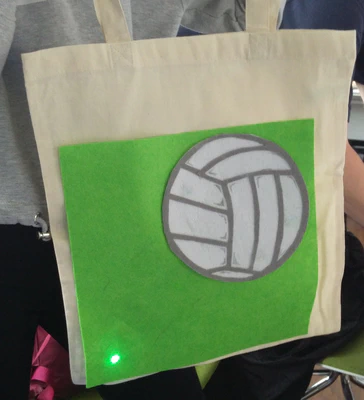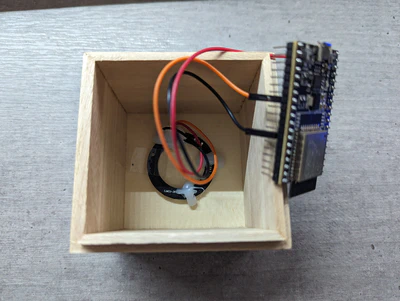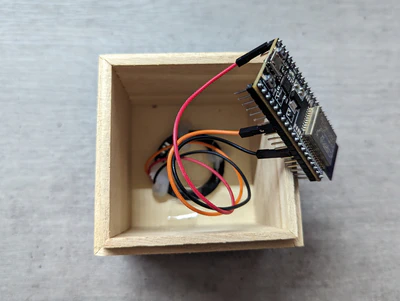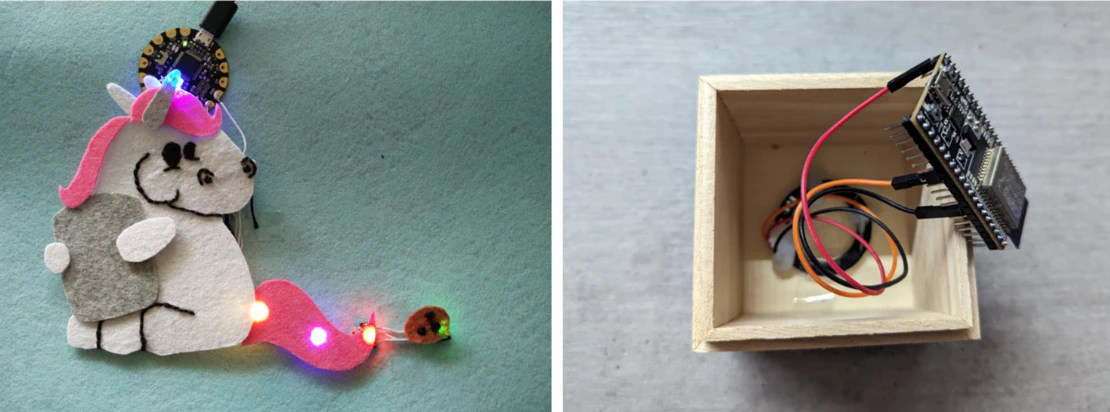
Girl's Day - walking through my coolest projects
- Anna-Lena Marx
- Personal , Embedded
- July 21, 2024
Table of Contents
The Girl’s Day is a special event in Germany aimed at encouraging more young women to pursue careers in STEM (science, technology, engineering, mathematics) - known as MINT (Mathematik, Informatik, Naturwissenschaft, Technik) in German. The initiative is supported by the German government, but its success relies on companies opening their doors to girls aged 12 to 18, providing them with insights into technical professions.
Over the past eight years, I have been actively involved as a mentor during Girl’s Day and have also served as an organizer for many years. This year is the first one I dropped out from serving as an organizer and mentor, so I think it is time to recap and share my experiences and highlight out of most exciting projects we did in my active time.
About organizing the day, the tasks and the vision behind
As a participant, Girl’s Day starts at 9 am and ends around 4 pm, which is a long day for school girls in a new environment with lots of new information. However, for the team behind the event, the work starts months before, with many important decisions to be made. This includes
- selecting which office sites will participate,
- determining the number of available mentors,
- and considering if the event can be staffed with only female role models.
Another crucial decision is how to structure the day and what the year’s topic should be. In the past, the event consisted of four workshops, each lasting around one to one and a half hours. While the girls were exposed to a variety of IT topics, it was a bit overwhelming and lacked hands-on activities. As a result, the girls were unable to demonstrate what they had learned or continue working on projects at home.
To address this, we introduced a hands-on workshop where the girls could create something tangible to take home - the Tote Bag. This new format, which involved a full-day workshop with a clear goal and the freedom to design their own bags, resulted in highly motivated participants and impressive outcomes.
However, creating these workshops from scratch required a significant amount of work and materials. It involved developing a beginner-friendly coding tutorial, providing prototypes for reference, and allowing time for the girls to design and work with hardware. Despite the effort, the results were well worth it. The tangible outcome made it easier for the girls to showcase and share their accomplishments, both at home and at school. Additionally, the hope is that the workshop will inspire some of the girls to pursue further studies in computer science or other technical subjects.
Overall, the effort put into organizing the event and creating impactful workshops is a worthwhile investment, as it has the potential to have a lasting impact on the participants.
The projects
Tote Bag (2019)
https://www.adafruit.com/product/659
Unsere Stoffbeutel sind auch heute, mehr als 5 Jahre später, noch eines meiner Lieblingsprojekte. Mein Prototyp ist immer noch im Einsatz und erinnert mich an den Tag. Also, was ist eigentlich der Tote Bag und was steckt dahinter?
Time Box (2023)
Time Box on GitHub
tjest
Recommendable Public Workshops and Beginner Projects
B·O·B·3 (2021, remote)
BOB3 is a small robot-shaped circuit board with RGB and IR LEDs, as well as touch switches. What sets BOB apart is the availability of a kit version, where larger components must be soldered on by the user. This unique feature allows for an introduction to electronics at the beginning of the workshop, providing a hands-on experience and a stronger connection to the self-soldered BOB.
In addition to the hardware platform, well-thought-out teaching concepts and materials are available as open educational resources (OER) under a Creative Commons license. Guided workshops in German and English are also offered for different age groups, based on coding blocks or Arduino-C++.
Due to the impact of the COVID-19 pandemic, we were unable to conduct on-site soldering workshops as planned. However, BOB’s excellent materials made it perfect for adapting to a remote Girl’s Day event. It’s important to note that while the BOB itself is currently available for just under 30 euros, an additional programming adapter, also priced at around 30 euros, is required due to the lack of a USB interface on the board.
The intention behind our workshop designs is for the girls to take their BOB home after the Girls Day event and continue learning. However, the ongoing cost is unfornately not sustainable for us.
BBC Microbit (2022)
In the midst of the ongoing COVID-19 situation, with its inherent unpredictability, we found ourselves in need of a platform for Girl’s Day that offered a well-conceived, versatile concept capable of facilitating both in-person and remote workshops. The chosen platform needed to be user-friendly, enabling novices to engage with the hardware and software without facing steep learning curves or extensive prerequisites. Although BOB met these criteria, the prohibitive cost of its board and programmer necessitated our search for an alternative.
We settled on the micro:bit as a substitute due to its wide availability, robust educational framework featuring a wealth of curated online resources and courses for learners at different stages, and its reasonable price point. The micro:bit, developed as a part of the BBC’s “Make It Digital” initiative, serves as an open-source hardware learning platform designed primarily for British students.
The micro:bit is an ARM-based microcontroller board equipped with Bluetooth connectivity, a suite of onboard sensors including temperature, accelerometer, and magnetometer, a 5x5 LED matrix, buttons, and a touch sensor. This makes it a superior microcontroller board, well-suited for a diverse array of creative projects.
The official micro:bit website provides a variety of programming environments, including a block-based Code Blocks editor inspired by Scratch, as well as Python and JavaScript editors tailored for older or more advanced learners. The site also features mobile apps and extensive third-party integrations with other tools and programming languages.
The Microsoft-endorsed platform boasts an array of step-by-step courses available in multiple languages, with the integrated micro:bit emulator standing out as a key feature, allowing for code testing even in the absence of physical hardware. While micro:bit offers a broader selection of tutorials and project ideas suitable for learners at all levels, the structure of these courses may not be as sequential and coherent as those found in the BOB ecosystem. This implies a greater need for instructor-led guidance. It’s noteworthy that although the platform supports numerous languages, the translation of course content can be incomplete or insufficient, which may pose a challenge for younger learners.
In closing, the micro:bit’s use of a Nordic Semiconductors microcontroller makes it an excellent platform for the industry-relevant real-time operating system Zephyr. This feature extends the micro:bit’s appeal beyond the educational realm, making it an attractive tool for university students and seasoned developers alike.
Sonic Pi (several years)
Sonic Pi was initially created by Sam Aaron for the Raspberry Pi as an educational tool combining programming and music. This software enables users to compose music using concise Ruby scripts. Through this process, it introduces fundamental programming concepts such as variables, functions, iterations, loops, conditions, data structures, threads, and thread synchronization. These concepts are not only explained playfully but also made directly audible and experiential through music.
We experienced Sonic Pi serving as a great creative platform that seamlessly integrates music and programming education, making it an excellent and engaging tool for beginner workshops like Girls’ Day and similar initiatives. The videos of Sam Aaron performing live coding DJ sets, with the code visibly displayed, are particularly inspirational for participants, showcasing the endless creative possibilities this tool offers. Therefore, we happily continue to use Sonic Pi successfully in various contexts.
Zümi (several years)
https://www.kickstarter.com/projects/robolink/driving-into-the-world-of-ai-zumi
Zümi is a compact robotic car powered by a Raspberry Pi Zero, designed to make artificial intelligence (AI) both understandable and tangible. There is already a well-thought-out suite of ready-made workshop materials, predominantly based on Python and Jupyter Notebooks. Additionally, a block-based code editor is available for those looking to gain initial experience with training AI models.
Zümis are frequently employed for day-long or week-long workshops, for example, with interns. They provide a hands-on opportunity to delve into the world of AI and robotics.
As for my personal experience with Zümis, I must admit that my insights are limited. As an Embedded Systems Engineer, I find other workshops easier to manage and more aligned with my expertise. However, there are other specialists and dedicated mentors who enjoy working with Zümis. Consequently, my role often involves providing post-workshop technical support, such as replacing USB ports or performing similar repairs on these robotic cars after they’ve been subjected to a bit of rough handling and sent across Germany.
Recap
Tags :
Related Posts
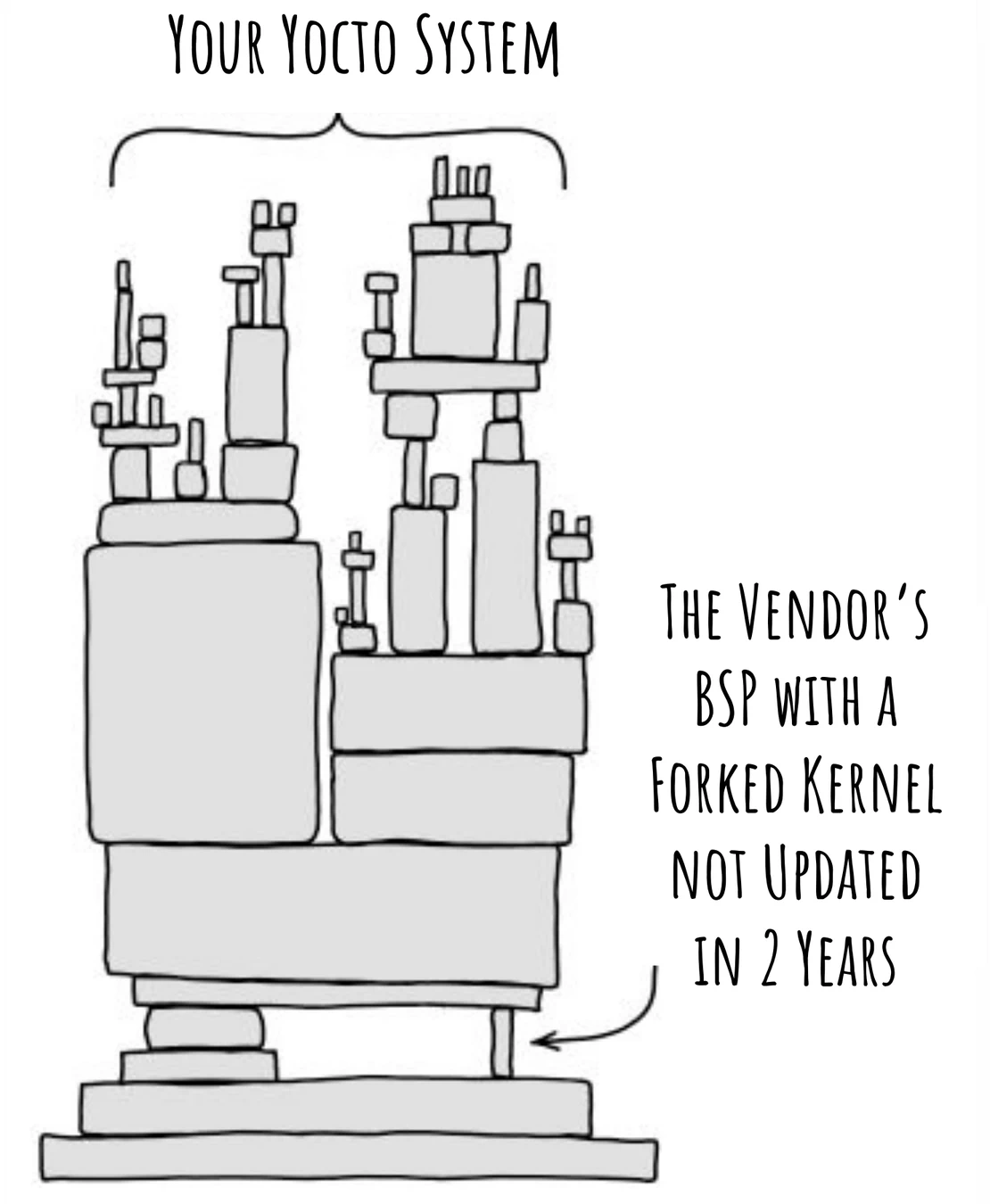
Yocto Vendor BSPs - The good, the bad, the ugly
- Anna-Lena Marx
- November 6, 2025
- Embedded , Conferences
Vendor Board Support Packages (BSPs) promise a quick start, but we all know the reality: a tangled mess of demo apps, weird custom tools, and an old, unmaintained kernel. This is a nightmare for products that need to live longer than a demo on the developer’s desk.
In this talk, we get our hands dirty. Forget the polished slides; we’re going to take a live, no-holds-barred look at some real-world vendor BSPs to see the common pain points firsthand. From there, we’ll discuss what we actually need from a BSP for a production device and explore the tipping point where setting up your own clean foundation becomes the smarter choice for building products that are meant to last.
Read Post
A Gentle Power Off for ZEReader: Replacing the Hard Switch with a Latching Power Circuit
- Anna-Lena Marx
- November 16, 2025
- Zereader , Electronics , Embedded
With the second revision, the way ZEReader is turned on and off got a massive redesign.
The hard on/off switch in the first revision was dead simple and worked great—with one big flaw from a user’s perspective. You could not recognize if the reader was on or off on the first sight. The old switch just closed or opened the loop with the power supply, and due to the E-Paper display just holding the state, you had no chance to tell.
Besides, there was no possibility at all to implement some kind of graceful shutdown mechanism, which would allow me to save all important state information and show a clear device off indicator.
This situation was totally fine for the very first prototype, but it started to get annoying very soon. A new approach was needed!
